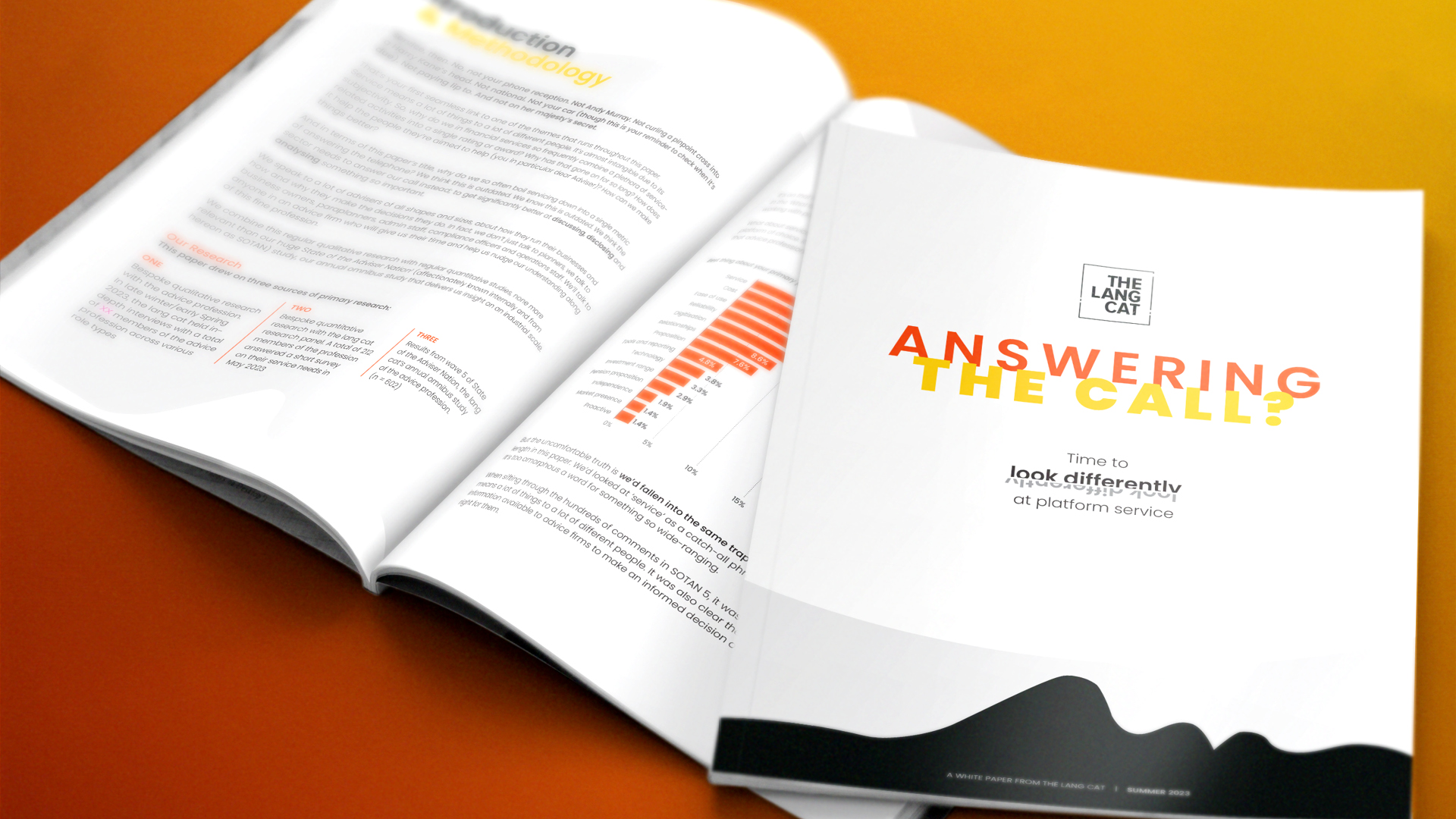Another week, another D2C platform’s details start to emerge. No names, no pack drill in deference to the journalist who’s writing it up, but by our count that’s the 33rd contender vying for the self-directed market. We’ll see another couple by the end of the year.
Irrespective of the relative merits in terms of proposition, customer experience, brand or price, the question is whether there is enough market to sustain all these cool cats, especially when you factor in another 30 or so advised contenders.
This is one of those times when proposition teams get the big boys in to (size the market), and what usually happens is that they get the equivalent of the glassy-eyed fixed-stare optimism of the schmucks on Dragon’s Den. In the Den it’s all (the global night-time leisure products market is worth £84 squadrillion, so if we can get just 0.1% of that market then we’ll be RICH, RICH I TELL YOU!). The fact that no-one, including the inventor Mums, wants the head-torch-cum-VD-testing-kit they’ve cleverly devised, doesn’t come into it, giving Duncan Bannatyne another excuse to be supercilious.
In our industry, it’s, the total UK investment market is £xxx trillion, and that’s without all the money languishing in rubbish savings accounts, so if we can get just 1% of that we’ll be THE NEXT HARGREAVES LANSDOWN! This kind of value pool analysis is the bedrock of most business cases, and in a way we should be grateful it is, otherwise nothing would ever get built and we’d have to get proper jobs.
Value pool guesswork is fun for a pitch for investment from the board, but is of course utter bollocks. I thought I’d have a shot at what the proper equation should be:
- Total investment market including short-term cash savings
- minus
- the amount people should have in short-term cash savings for emergencies
- minus
- the amount risk-averse people should keep in cash so they can sleep
- minus
- the amount advisers manage on behalf of their clients
- minus
- the amount held by people who’d rather die than give it to the investment industry
- minus
- the amount held by people who don’t trust the interwebs for finance
- minus
- about 88% of the assets held on platforms currently (platform business is sticky)
- minus
- the amount in pensions that should stay where it is
- minus
- the amount HL will get just cos it’s the biggest and quite good at what it does
- divided by
- 33
- equals
what you might get, over a decade or so, if you really stick at it and build your presence
Who’s up for our version? Anyone? Anyone?
I wonder how many of the 33 really have the appetite to go the distance? The sheer, sustained focus and effort of gaining a client bank you can farm, as HL has done so well, for years and years takes well, years and years. In a market where providers of capital want a quick payback, which most readily comes from easy-to-sell, price-sensitive insurances, it’s one thing to launch a slow-burn, marketing-led proposition; quite another to stick with it and invest relentlessly in the engagement work to make it, very slowly, fly.




